 The River Lamprey or Lampetra fluviatilis is a species of Eel that is found in places like Russia, Scotland, Norway, Finland and other European coastal waters and rivers. This ancient saltwater fish is a parasite that has a suckered mouth, rather than jaws. It uses this freakish mouth with sharp teeth to attach to its prey and feed off them.
The River Lamprey or Lampetra fluviatilis is a species of Eel that is found in places like Russia, Scotland, Norway, Finland and other European coastal waters and rivers. This ancient saltwater fish is a parasite that has a suckered mouth, rather than jaws. It uses this freakish mouth with sharp teeth to attach to its prey and feed off them. River Lampreys are also known as Lampern or the European River Lamprey and are a very close relative to the Brook Lamprey. These fish are anadromous, much like many species of Salmon they will migrate upstream from the sea and into their spawning grounds. This normally occurs during the the springtime. You can watch the River Lamprey spawning in the video below...
River Lampreys are also known as Lampern or the European River Lamprey and are a very close relative to the Brook Lamprey. These fish are anadromous, much like many species of Salmon they will migrate upstream from the sea and into their spawning grounds. This normally occurs during the the springtime. You can watch the River Lamprey spawning in the video below...After the baby River Lampreys are born they will spend the first years of their lives in freshwater, before migrating to the saltwater to live out the rest of their lives. The European River Lamprey will grow to about 30cm in maximum length over their 10 year life span.
 If you have any additional information about the River Lamprey leave us a comment below.
If you have any additional information about the River Lamprey leave us a comment below. 






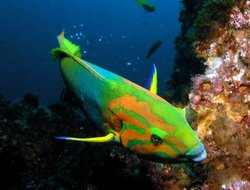

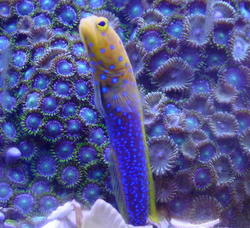



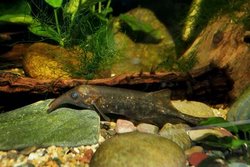

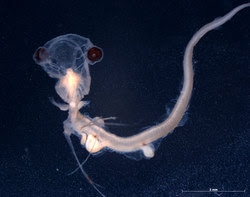
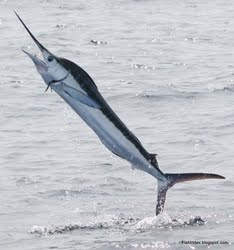







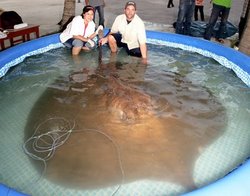
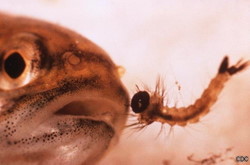







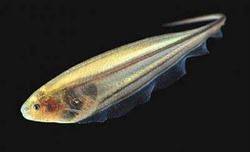
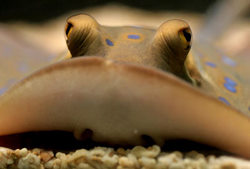





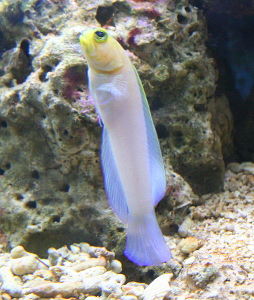





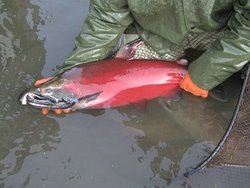

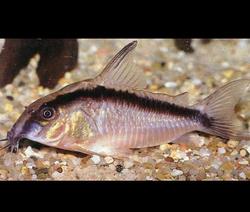
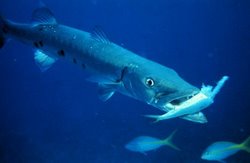



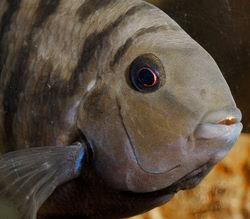


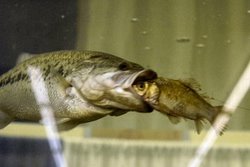



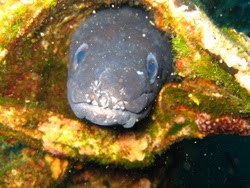


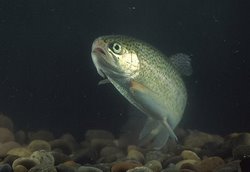
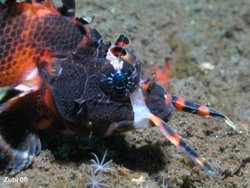
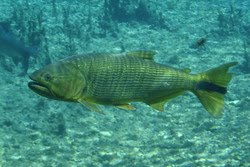

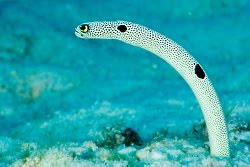
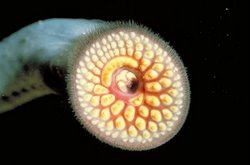



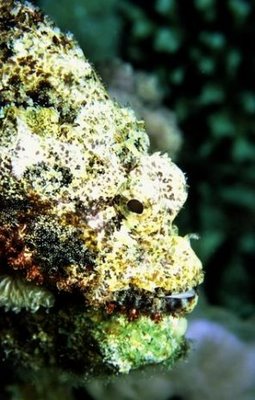
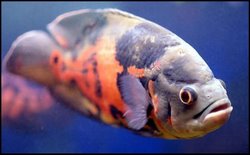

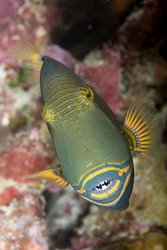

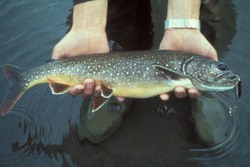
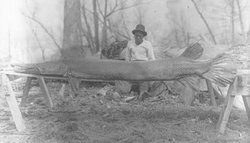
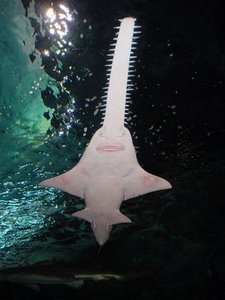












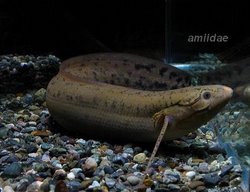

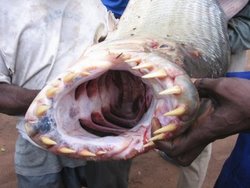










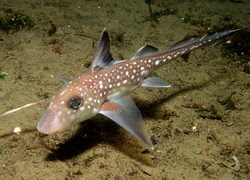
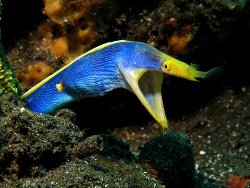


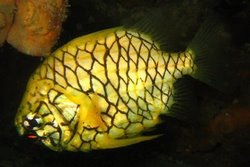
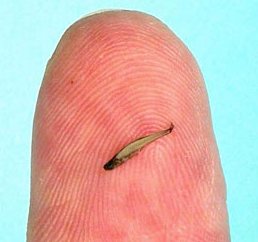
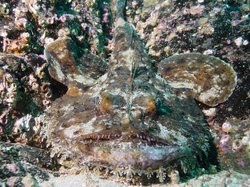
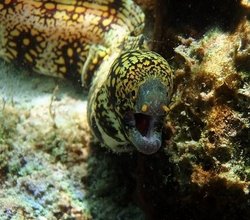

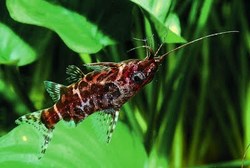







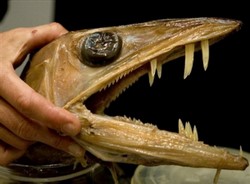

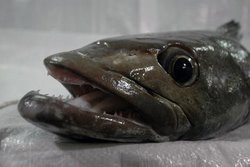

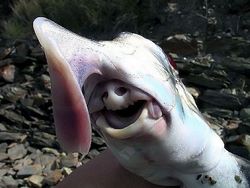
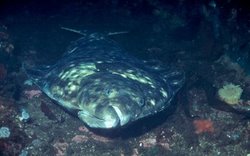
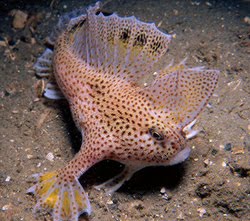
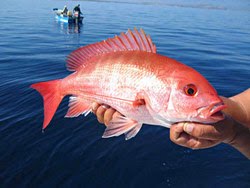

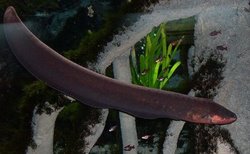

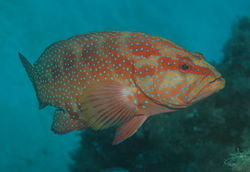

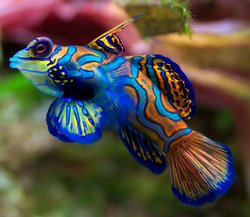
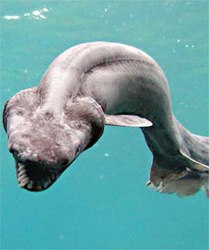
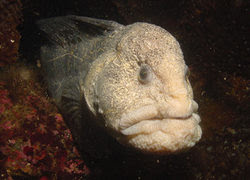
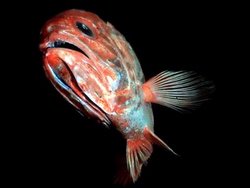
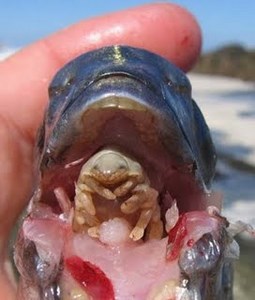

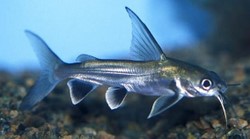
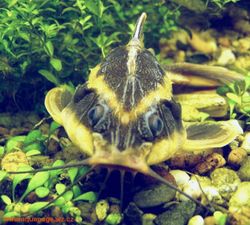
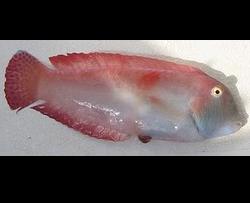








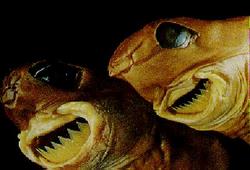
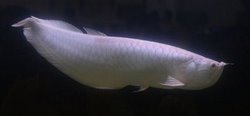
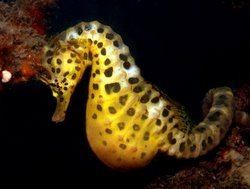
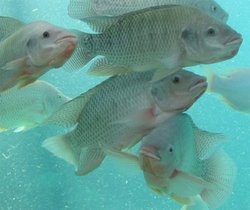
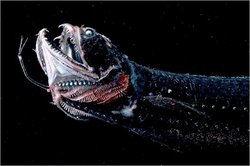
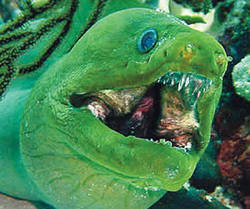


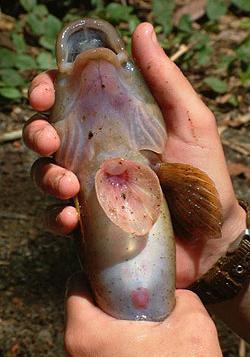


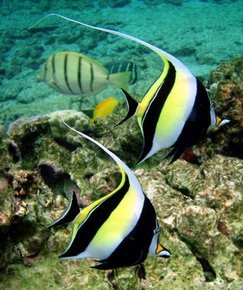

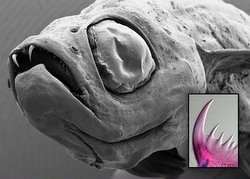
5 comments:
Great video of river lampreys spawning! Just one comment though- - lampreys aren't eels. Eels are bony fishes. Lampreys are part of a group that is much older than the bony fishes!
The lampreys are so primitive that some biologist do not consider them fish, but rather a missing link between worms and fish.
Very intersting pictures, by the way!
NSV
Brook Lampreys also are NOT parasitic, which is extremely important in distinguishing the two water beasts.
Most people think that all lampreys are blood suckers, but that is simply not true.
Their adult phase of the brook lamprey is short, and dedicated to reproduction. The adult does not feed. It lives off the store of nutrients built up during as a larva.
FYI lampreys are *not* eels. They are less closely related to eels than you and I are - lampreys are in superclass Agnathostomata (jawless vertebrates) whereas eels and humans are both Gnathostomata (jawed vertebrates).
hey I read this n it says they are only found out in saltwater while im here in Ontario and their are river lamprey in st.marys river witch it 4to5% of salt in the water its mainly a fresh water river why is this? I think that bigger ships that come from the ocean brought them aswell as the zebra clusters would love info my email is Nagotopain@hotmail.com I am a potential marine bio ??
Post a Comment